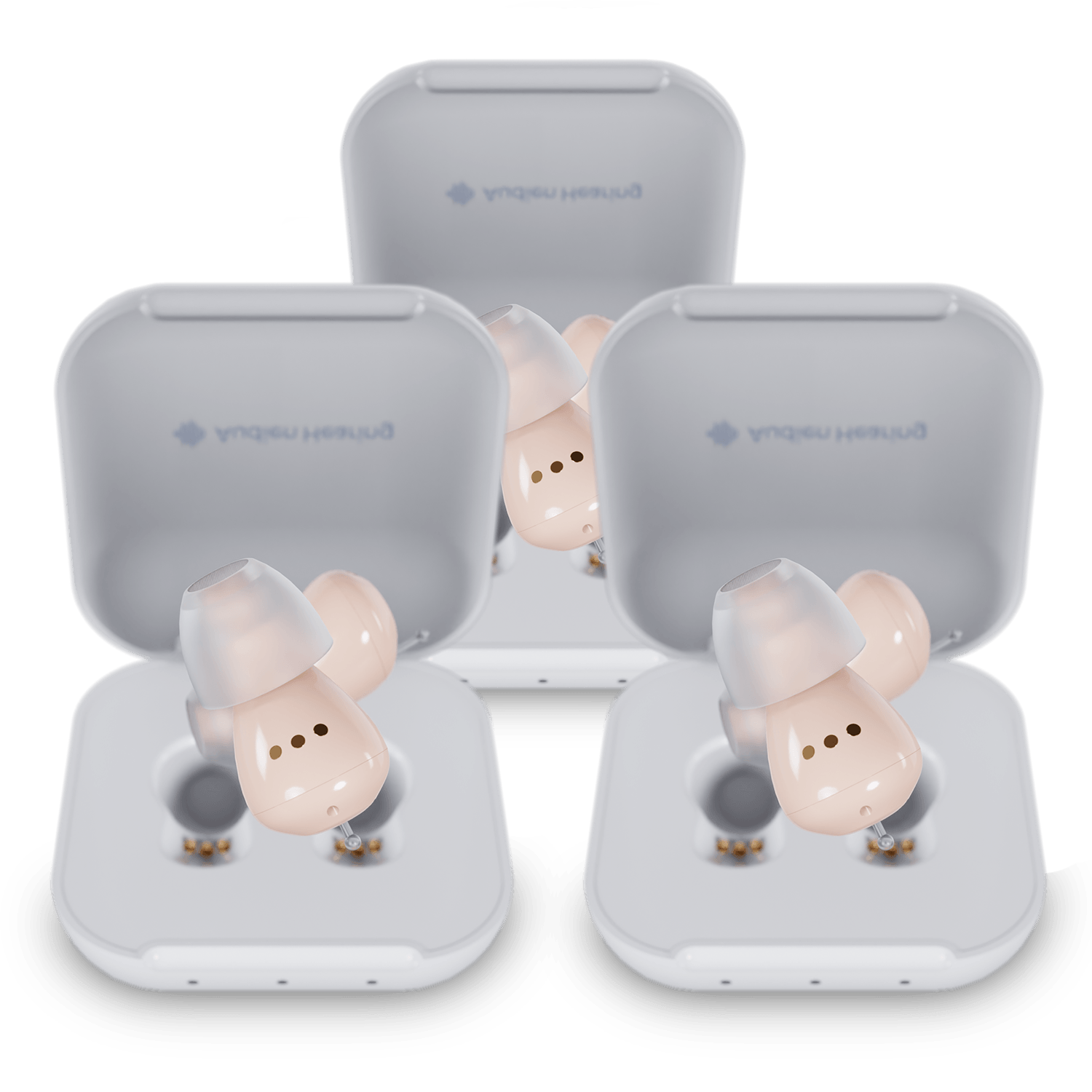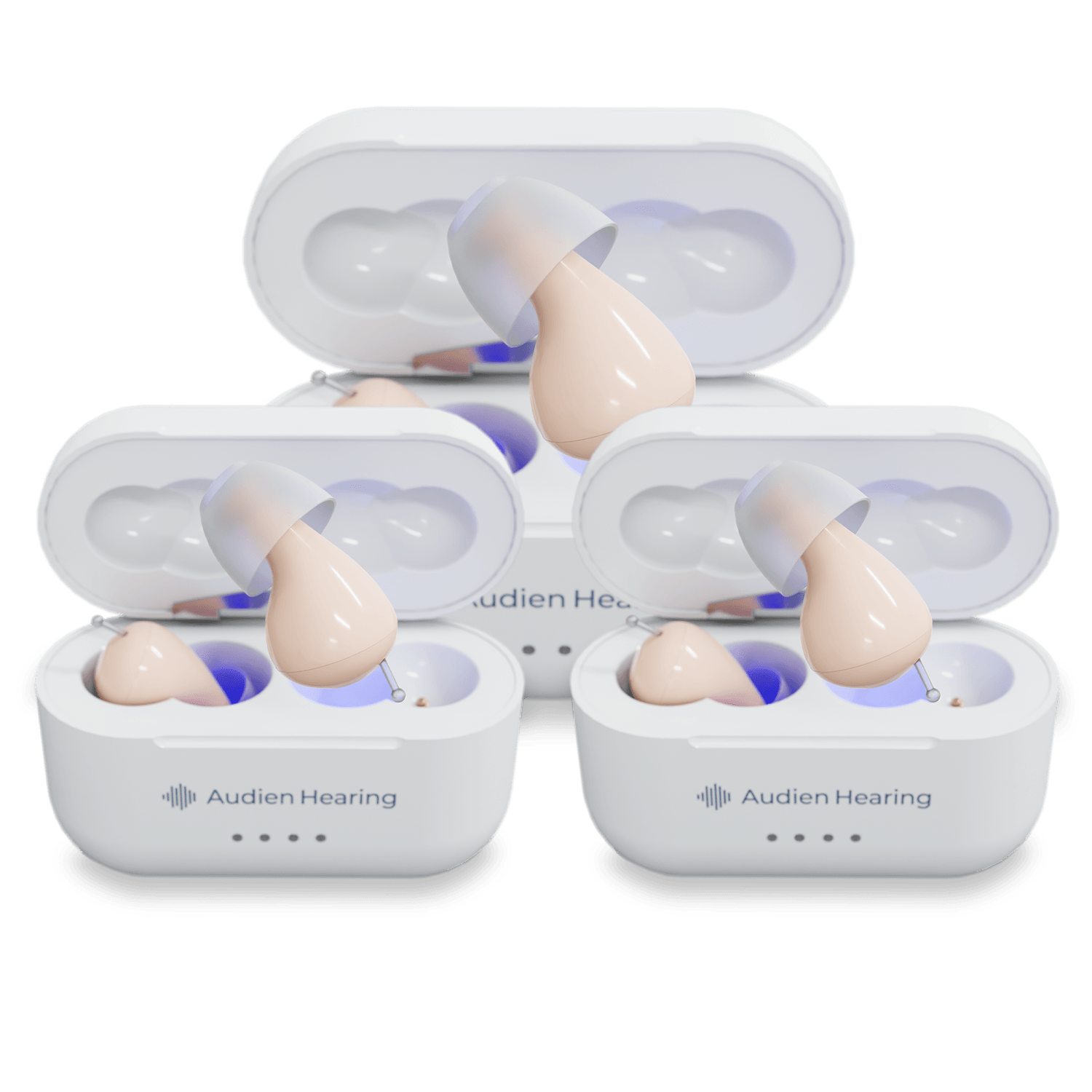Ear wax is a sticky wax-like secretion that comes from the ears. While you may have grown up thinking you need to clean it out of your ears, the reality is that ear wax plays an important role in the health of your ears.
While ear wax is beneficial to the body, there are specific circumstances in which it may be detrimental. Ear wax buildup, for instance, is a case in which ear wax secretion can contribute to hearing loss.
One potential way for individuals to get insight into their ears is to examine the color of wax that is leaving the ears. Color differences are normal, but many people may panic when they see things such as black ear wax.
Below is a closer look at black ear wax and everything you would ever need to know about ear wax.
What Is the Purpose of Ear Wax?

The body excretes a number of different substances; most of them serve multiple purposes. Take the oil on your skin as a prime example. These oils help the skin to retain moisture and also provide a first line of defense when it comes to potentially harmful bacteria and fungi.
Mucous also has many different functions, including helping to trap particles from the air you breathe and protecting the lining of your stomach. These multifunctional excretions may make you wonder what the actual purpose of ear wax is other than dirtying your hearing aids.
Below is a closer look at the many functions of ear wax and why it is so important to the proper functioning of your ears.
Antimicrobial
The first property of ear wax is that it has antimicrobial properties. More practically, what this means is that it helps to reduce the infection of the outer ear by bacteria. Without ear wax, the ear canal would be an ideal place for bacterial growth because it is moist, warm, and dark.
Hydrophobic
Another property that is shared amongst all waxes is that it is hydrophobic. Hydrophobic essentially means water-repelling, and wax is an excellent water repellent. In fact, some waterproof jackets utilize wax for its waterproofing.
This is an advantageous property to have within the ears because it helps to repel water from the ear canal and avoid water getting stuck in your ears. Its hydrophobic properties also work to insulate the skin in the ear canal and help it to resist drying out.
Sticky
While you may not like the fact that ear wax in your ears can be sticky, it actually allows for it to serve one of its major functions within the ear—trapping foreign particles. Ear wax works in a similar manner as mucus in this regard as they both help to trap particles before they enter deeper regions of the body.
Makes the Ear Self-Cleaning
The last and perhaps most important aspect of ear wax is that it allows the ears to be self-cleansing. As stated before, ear wax is able to trap particles, but the constant outward flow of ear wax is what enables the ears to essentially clean themselves.
Old ear wax is continually replaced by new ear wax. As a result, the old wax is slowly able to flow out of the ears. Paired with the slight downward slope of the ear canal, the ears are able to effectively clean themselves. They keep foreign particles such as dirt or dead skin out of your ears which keeps your ear canals open and ready to funnel sound to your eardrums.
What Is Black Ear Wax?
Most people are familiar with the standard off-white-yellow-orange color of their ear wax, yet occasionally you may encounter other colors of ear wax. Black ear wax is one that gets people worried, but the reality is that black ear wax is nothing to be worried about.
Below is a closer look at some of the potential causes of black ear wax:
Old Ear Wax
One potential cause of darker or even black ear wax is the age of ear wax. When ear wax is fresh, it is generally free of particulates and is why it is almost translucent. As ear wax sticks around for a longer period of time it begins to accumulate more particles. This makes it more opaque and even potentially changes the color of the wax itself.
Impacted Ear Wax
Impacted ear wax occurs when there is a buildup of ear wax to the point that it gets trapped within the ear canal. When this happens, the wax is unable to escape and, as such, has the time to accumulate quite a bit of things trying to enter the ear like dirt, dust, and even dead skin.
Impacted ear wax does not have many symptoms. Yet, if it does become enough of a blockage, it can reduce your ability to hear, cause tinnitus, or even contribute to some degree of ear pain.
How Is Impacted Ear Wax Treated?
Now that you know black ear wax can be caused by impacted ear wax, the next logical question is how is it treated? Your first inclination may be to try to stick something in your ear to get it out, but this can not only make it worse but could even cause damage to your ear.
Here is a closer look at the best and safest ways to remove ear wax buildup:
Professional Extraction
Professional extraction is the best way to deal with severe impaction that may be inhibiting hearing or causing ear discomfort. In the cases that the ear wax is too hard, compact, and dense to pass on its own, extraction may be the only option.
There are a number of viral videos circulating social media that show ear extraction of impacted ear wax. While they may look easy enough to have a friend or family member do, this is no DIY procedure.
Impacted ear wax extractions are considered a medical procedure and require the expertise of a medical professional. They must be well-versed in the anatomy of the ear and qualified to safely remove the impaction.
Olive Oil
One trick that has been utilized for a long time is the use of olive oil to help remove excessive ear wax buildup. Olive oil helps by softening the hardened ear wax and allowing it to naturally leave the ears.
Olive oil isn’t an overnight cure; it can take weeks for it to work. You simply place a couple of drops in your ear each day. Then, over a few weeks’ time the impacted ear wax can begin to soften and eventually evacuate the ears.
The olive oil trick can be a great at-home solution, but it may even be utilized in conjunction with extraction to allow the provider to have a slightly softer blockage to deal with.
Irrigation
Another method known as irrigation can help to get rid of excess ear wax by utilizing warm water to help flush out the ears. Ear irrigation tends to be paired with oil since the oil helps to pre-soften the wax.
Typically ear irrigation is conducted by utilizing a syringe and pushing water at a light pressure to flush out the ears. While this technique is safe when used appropriately, there are things you should look out for.
Only very light pressure should be utilized to prevent potential injury. If you don’t feel comfortable with at-home ear irrigation, you can always go to an ENT specialist for your ear cleaning.
What Factors Can Contribute To Black Ear Wax?

While black ear wax can be normal, there are potential factors that can contribute to an individual experiencing black ear wax more often.
Let’s take a closer look at some of the potential factors that can contribute to black ear wax.
Age
One of the most common contributing factors to the development of black ear wax is age. As you age, the cerumen production and ease of self-cleaning can diminish in the ears. As a result, the ear wax flows less efficiently. It is more likely to stay in the ear canal for longer, accumulating more particulates and turning black.
Heredity
Another factor that may contribute to you having a higher prevalence of black ear wax is heritable traits. Some people are born with smaller ear canals which can be more likely to cause buildup. In addition, some people are born with the propensity to produce more ear wax than others which can contribute to a blockage.
Black Ear Wax: Use Caution and Ask for Help
Black ear wax may be an indication of an ear wax blockage and old ear wax, but it is nothing to be concerned about. Black ear wax can come as a result of age, narrowed ear canals, or even a higher production of ear wax.
Ear wax blockages have a number of different remedies. If you ever are concerned about a particularly bad blockage, you can always schedule a visit to an ENT specialist to get you taken care of.
Sources
Human antimicrobial proteins in ear wax | NCBI













